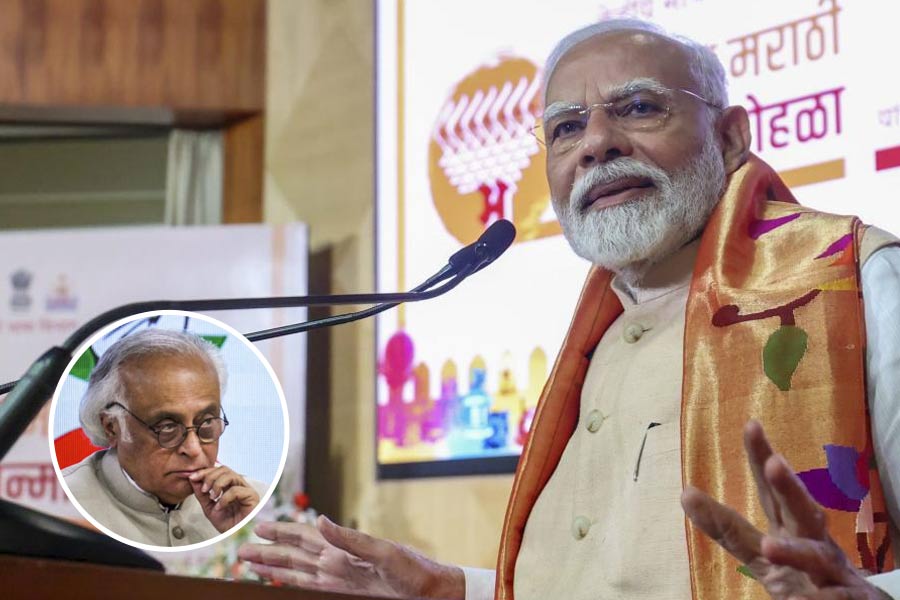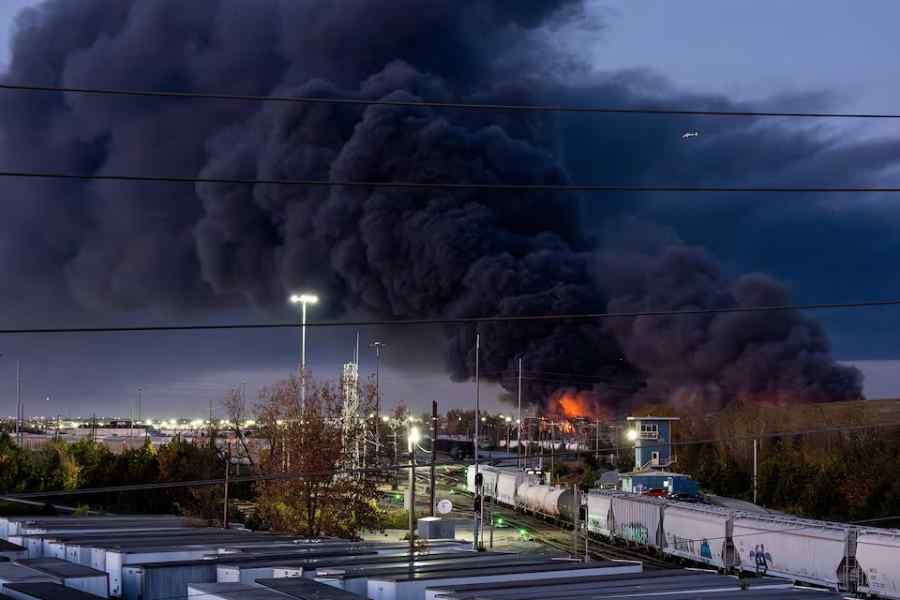 |
The moral police and the defenders of the “Indian way” have been up in arms against St Valentine’s Day, Easter eggs and other manifestations of Western inroads into our culture. They will have another occasion to rattle their trishuls. Sometime in January will come the Most Depressing Day of the Year.
The creation of UK health psychologist Chris Arnall, who specialises in seasonal disorders, the dismal day has a mathematical formula to help work it out.
1/8W+(D-d)3/8xTQMxNA
The parameters are the dreariness of the weather (W), debt (D), minus monthly salary (d), time (T) elapsed since the failure to keep a New Year’s resolution or to quit (Q) a bad habit, motivational (M) levels and the need to take action (NA). For the record, this year it was January 22, also known as Blue Monday.
Don’t dismiss Arnall as a crank. His research was sponsored by the travel industry. People tend to make holiday plans when they are down in the dumps. So tour operators wanted a specific day to go into marketing overdrive. They are not complaining.
The people who should be complaining are those with the most depressing jobs; for them everyday is a Blue Monday. Ordinary folks have a bad hair day once in a while; in some professions, you live with it most of the time.
There is a sort of reverse snobbery involved in this; few are willing to admit that they really enjoy their jobs. If you leave aside the CEO types, most people are in the business of running down their own jobs. Hen or stag parties resonate to the narration of awful co-workers and impossible bosses. It is difficult, therefore, to analyse the most depressing jobs from anecdotal evidence.
A more scientific approach comes from the US National Survey on Drug Use and Health. This tracks major depressive episodes (MDE) amongst full-time workers in the 18-64 age bracket. Of course, the study is not without flaws. For one, not all instances of MDE are reported. But even if the percentages and the extrapolation to absolute values are suspect, the ranking of dismal jobs should be more or less accurate.
At the top of the list are personal care and services workers, cooks, waiters and the like. “You can’t extrapolate that to an Indian environment,” warns Mumbai-based HR consultant D. Singh. “But as our work culture and organisational structures start resembling that of the West, this will be the shape of things to come.”
“The real issue is that in India, depression is not regarded as a serious ailment,” continues Singh. Says D. Nagaraja, director and vice-chancellor of the Bangalore-based National Institute of Mental Health & Neuro Sciences: “The commonest mental illness is depression. Unfortunately, people don’t know that they are suffering from depression. Only when it starts affecting their work and personal life, do they realise the seriousness.”
The survey says that some seven per cent of full-time workers battled depression in the past year. Women were more likely to be depressed and younger workers were more vulnerable. The symptoms are lack of interest, lassitude, problems with sleep and diets, and a loss of self-confidence. “The common reason for suicide is depression,” says Nagaraja. “Worldwide, around 8,77,000 people commit suicide annually owing to depression.”
Depression has implications for corporate bottomlines, which is why companies are now paying more attention to it. According to a study by the Indian Council for Research on International Economic Relations, the India Shining fallout of higher corporate profits and incomes for employees has brought with it increased stress and lifestyle diseases. These lopped off $9 billion from the country’s national income in 2005 and could mount to $200 billion over the next decade.
That’s reason enough for anybody to feel depressed.
SAD SACKS
Major depressive episode (MDE) in occupational categories (%)
Personal care and service 10.8
Food preparation and serving related 10.3
Community and social services 9.6
Healthcare practitioners and technical 9.6
Arts, design, entertainment, sports and media 9.1
Education, training and library 8.7
Office and administrative support 8.1
Building and grounds cleaning and maintenance 7.3
Financial 6.7
Sales and related 6.7
Legal 6.4
Transportation and material moving 6.4
Mathematical and computer scientists 6.2
Production 5.9
Management 5.8
Farming, fishing and forestry 5.6
Protective service 5.5
Construction and extraction 4.8
Installation, maintenance and repair 4.4
Life, physical and social science 4.4
Engineering, architecture and surveyors 4.3
(Source: The US National Survey on Drug Use and Health)










